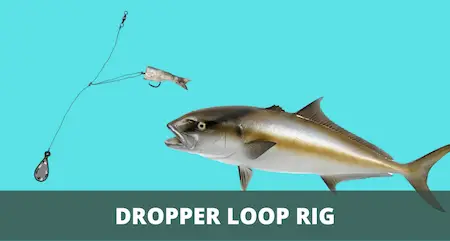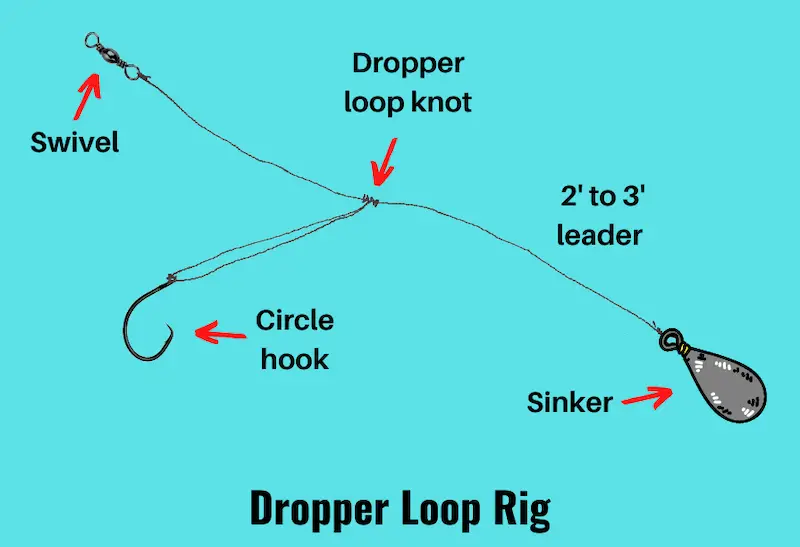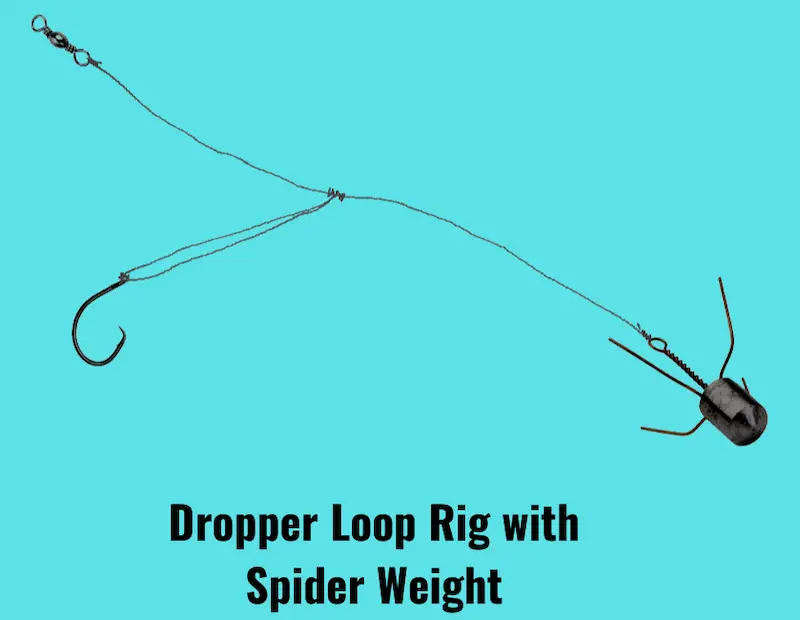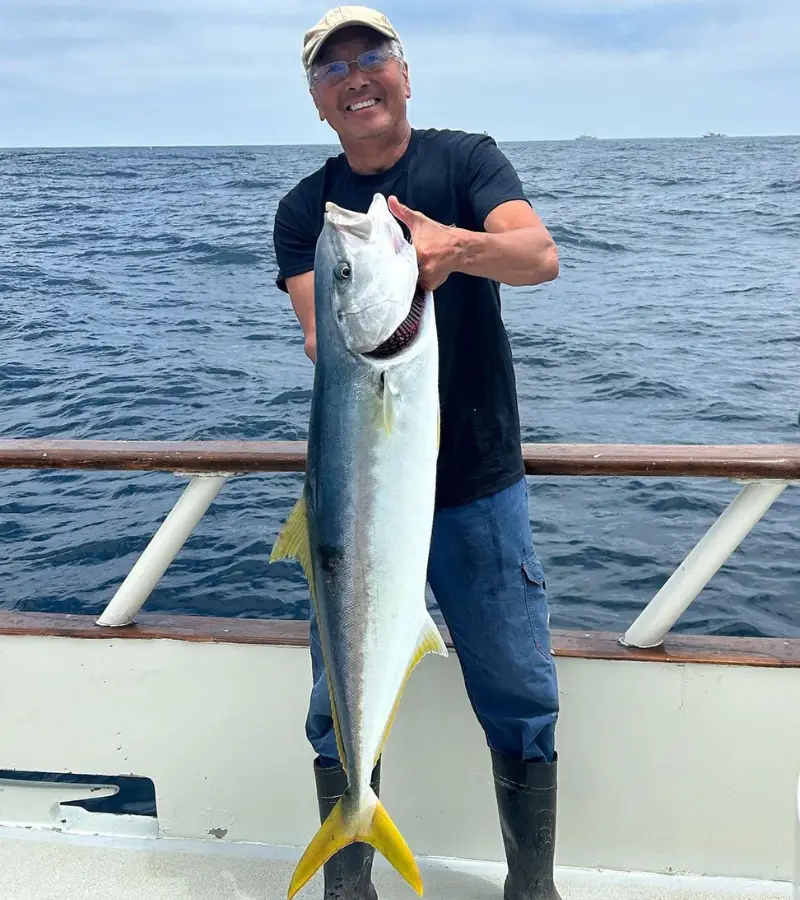Dropper Loop Rig 101 (Setup & Fishing Guide with Pictures)
PUBLISHED 16 AUGUST 2023
by Robert Ceran
Are you planning to throw a dropper loop rig, but aren’t sure how to set it up, or how to fish it for the best results?
While the dropper rig is one of the most versatile bottom fishing rigs for saltwater, it can be a little tricky to set up and fish correctly.
In this article I’ll explain how to set up a dropper loop rig, and will aso cover what bait to use with it, and how to use it to put more fish in the boat.

What is a dropper loop rig (and what is it good for)?
A dropper loop rig is a bottom fishing rig that consists of a weight tied to the end of the fishing line, as well as a hook attached to a dropper loop about a foot above the weight.
The dropper rig is a highly effective bottom fishing rig for saltwater fishing, and is used for targeting mangrove snapper, yellowtail, tuna, sheepshead, rockfish, and halibut.
This setup is most often fished vertically from a boat, simply by lowering it over the side until it reaches the bottom, and the hook is baited with either live bait or cut bait.
Note that the dropper setup is rigged with a single hook. If you want to use more than one hook (which can be useful for targeting smaller species, like red snapper), check out our article on the paternoster rig, which has a similar structure to the dropper loop setup, but comes with multiple hooks.
Dropper loop rig components
Here are the tackle components that you’ll need for your dropper loop rig setup:
- 30 to 50 lb test leader (mono or fluoro)
- 1 to 3 oz sinker
- Swivel
- Circle hook (size 4/0 to 10/0)
While you can in principle tie this setup straight onto your main fishing line, using a leader comes with several advantages: you can prepare several dropper loop setups in advance, and if you lose one of them due to getting snagged, you can continue fishing right away with another one.

Also, if you want to use braided fishing line as your main line, using a monofilament leader helps to make your setup more stealthy, as monofilament has lower visibility in the water than braid.
How to tie a dropper loop rig
Start by tying your monofilament leader to the sinker with a palomar or uni knot. Choose the weight of the sinker depending on the strength of the current where you want to fish. The stronger the current, the heavier the sinker needs to be.
Once the sinker is tied to the leader, measure out about 3 feet of line, and tie the other end of the leader to the barrel swivel. Then create a dropper loop roughly in the center of the leader.
While tying a dropper loop knot is not as hard as it sounds, it’s best to learn by watching, which is why we added the video below, which shows you how to tie a dropper loop knot step by step:
Once you’ve created the loop knot in the leader, the final step is to add your circle hook to it. You can do this by threading the tip of the loop through the eye of the hook, passing the loop over the end of the hook, and then cinching it down tightly.
If you’re fishing in very strong tides or currents, a great variation of this setup makes use of a spider weight as its sinker (see image below).
The spider weight forms a stable anchor point for the rig, while the baited hook dances enticingly in the current. This is a great setup for redfish in areas with strong tides.

What bait should you use with a dropper loop rig?
You can pretty much any kind of natural bait with a dropper loop rig, ranging from cut squid to sardines and crabs, as well as cut baitfish.
In general, you’ll want your bait to be as fresh as possible, as that results in more oils and scents being released into the water, which attracts fish to your bait.
Another great option is to use live bait with a dropper rig, such as live mackerel for yellowtail or bluefin tuna.
When using live bait, it’s important that you keep them close to the bottom by using a sinker that’s heavy enough to keep them pinned down.
How to fish a dropper loop rig
The best way to use a dropper loop setup is to fish it vertically from a boat, ideally after you’ve marked some fish relating to the bottom on your sonar.
If you mark fish on your fish finder, and then drop a dropper loop rig with live or cut bait down to them, you’ll often get bit even before the weight hits the bottom.
That’s why it’s essential to have both hands on your rod and reel when you lower the setup down in the water column, so that you can react fast enough and set the hook if you happen to get a bite on the way down.

Image source: instagram/@american_angler_longrange
The nice thing about using a circle hook is that the fish are never deep hooked, as a circle hook always works its way to the corner of the mouth. So if you catch some fish that are out of season, it’s easy to release them alive.
Finally, since it’s inevitable that your sinker will get snagged on rocks or other bottom cover at some point, it’s best to use a leader line that’s weaker than your main line. That way you’ll only lose your terminal tackle if you do get snagged.
